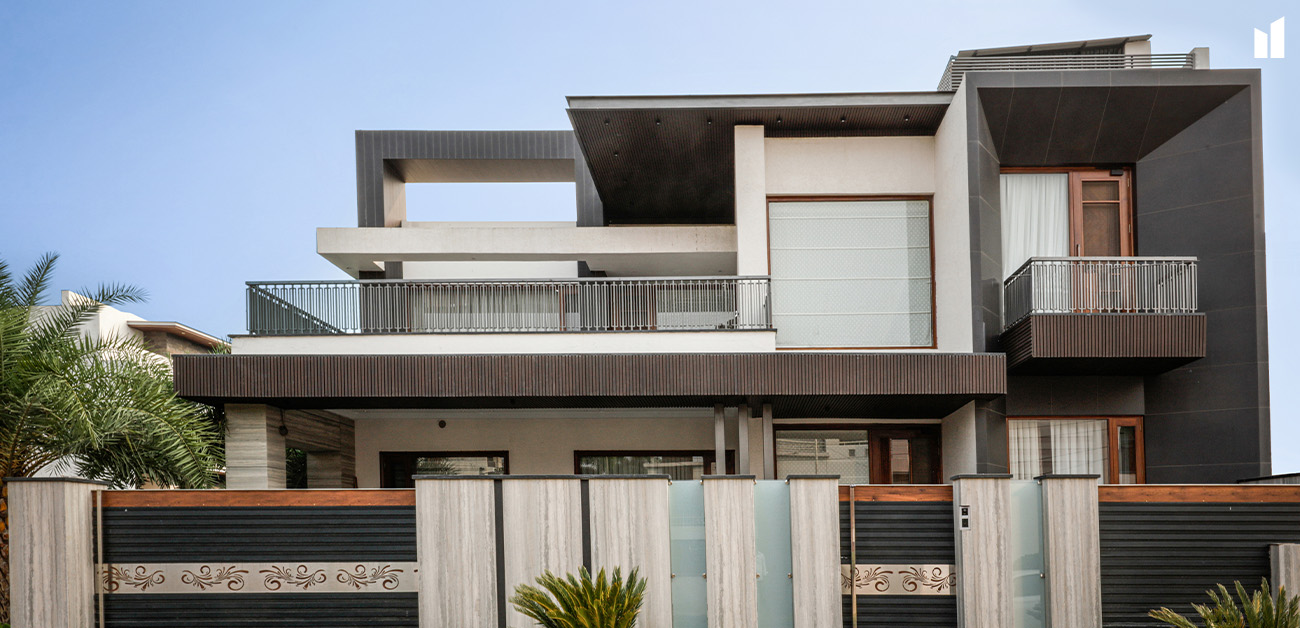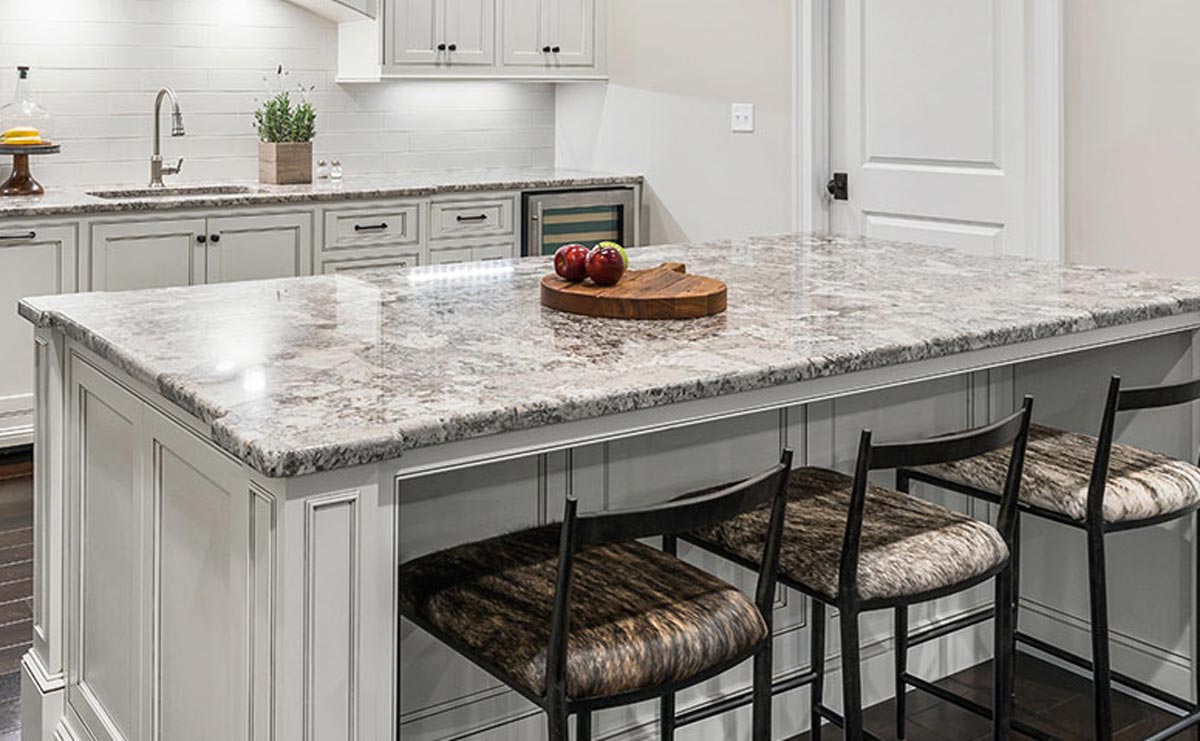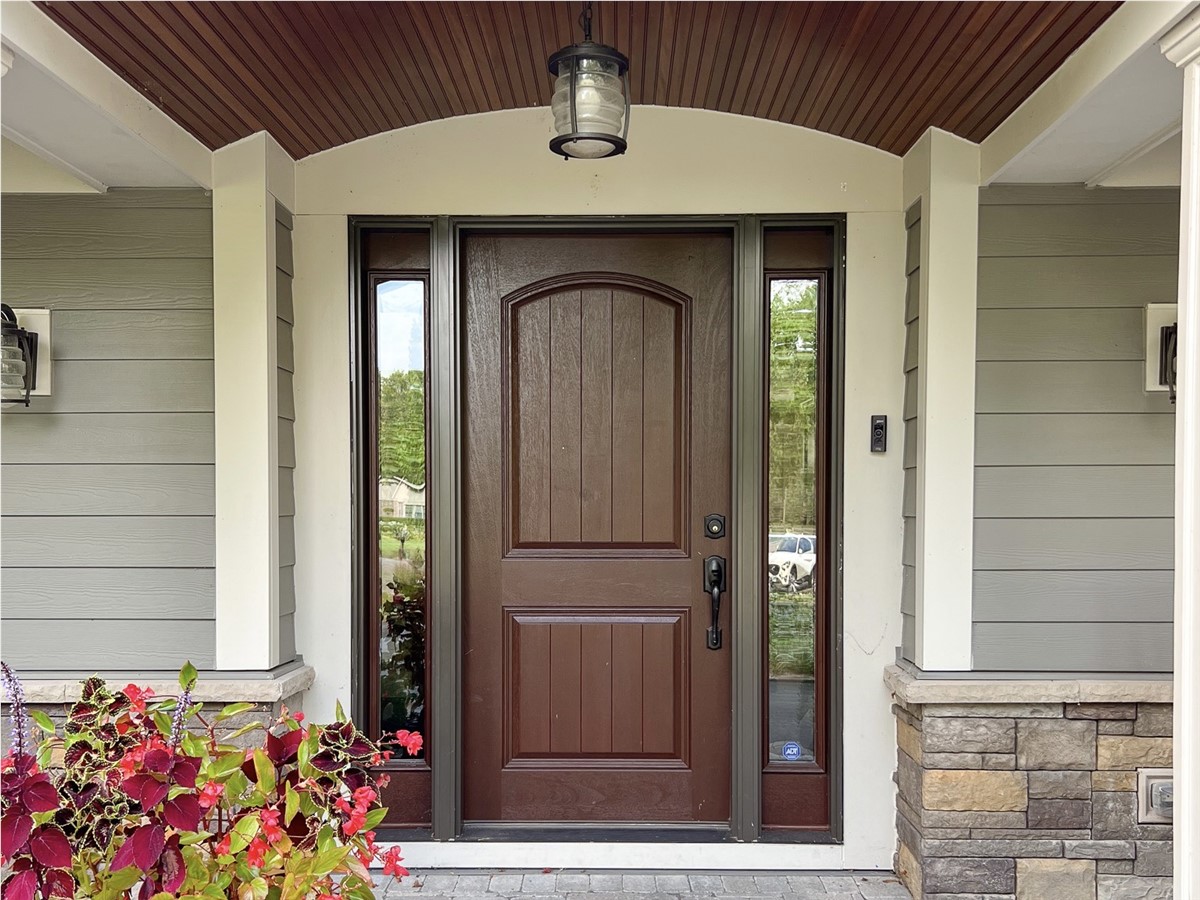Building your dream home is a remarkable and exciting undertaking, one that demands meticulous planning, careful budgeting, and an understanding of the many stages involved. Whether you’re constructing a house from scratch or renovating an existing property to better suit your needs, the process requires a balance of creativity, practicality, and expertise. In this guide, we will explore the key steps to make your dream home a reality, ensuring that each decision is informed, thoughtful, and tailored to your desires.
1. Define Your Vision
Before breaking ground, it’s essential to have a clear understanding of what your dream home looks like. Take time to consider your lifestyle, preferences, and the functional needs of the space. Do you envision an open-concept living room or a more traditional, divided layout? How many bedrooms will you need? What kind of ambiance do you want to create in each room? Knowing the answers to these questions will help ensure that your design reflects your personality and supports your daily activities.
2. Establish a Realistic Budget
One of the most crucial aspects of home building is setting a budget that aligns with both your vision and your financial capabilities. Start by estimating the costs of materials, labor, permits, and other potential expenses. It is wise to factor in a contingency budget of 10-20% to account for unexpected costs that may arise during construction. This financial preparation will allow you to stay on track and avoid compromises on quality or design.
3. Hire the Right Professionals
Building your dream home requires collaboration with various professionals who will bring your vision to life. The key players in this process include an architect or designer, a general contractor, and specialized contractors (such as electricians, plumbers, and landscapers). Each professional brings a unique set of skills and knowledge, so choosing the right individuals for the job is paramount. When selecting a general contractor, ensure they have experience with projects of similar scale and complexity. It’s also helpful to check references and review their previous work to ensure they are trustworthy and reliable.
4. Create a Detailed Design Plan
Once you have a clear vision and the right professionals in place, the next step is to create a detailed design plan. Your architect or designer will help translate your ideas into blueprints that outline the structure, dimensions, and layout of your home. This stage includes deciding on materials, finishes, and other features that will give your home its distinctive style. It’s important to stay involved in the process, providing feedback and ensuring that your vision is being accurately represented in the design.
5. Obtain Necessary Permits and Approvals
Before construction begins, you will need to secure the appropriate permits and approvals from local authorities. This may include zoning permits, building permits, and inspections to ensure the project complies with local building codes. Working closely with your contractor and architect during this phase will help streamline the permitting process. In some cases, your design may need adjustments to meet legal requirements or environmental considerations, so be prepared for any changes that may arise.
6. Prepare the Site
Site preparation is an essential part of the construction process. Depending on the land, this stage may involve clearing vegetation, leveling the ground, or addressing drainage issues. If you’re building on an undeveloped plot, it’s essential to assess the soil quality and ensure that the foundation will be stable. Site preparation sets the stage for all the work that follows, so it must be completed thoroughly to ensure the structural integrity of the home.
7. Focus on Quality Construction
As the construction phase progresses, quality craftsmanship should always be a top priority. Ensure that all construction is done to the highest standards, from the foundation to the roofing. Work closely with your contractor to monitor the quality of materials being used, and make sure all systems, such as electrical, plumbing, and HVAC, are installed by experienced professionals. Every detail matters, from the framing to the finishing touches, so insist on perfection at every step.
8. Incorporate Sustainable and Energy-Efficient Features
Today’s homeowners are increasingly focused on sustainability and energy efficiency, and for good reason. Not only can these features reduce your environmental footprint, but they can also save you money in the long term. Consider incorporating solar panels, energy-efficient windows, high-quality insulation, and smart home technology that allows you to monitor and control your home’s energy consumption. By making these upgrades during the construction phase, you can enjoy a more eco-friendly and cost-effective living space for years to come.
9. Interior Design and Personalization
Once the structural work is completed, the next exciting phase is interior design. This is where you can fully express your style and transform the space into a home. From selecting furniture to choosing colors and lighting, every decision you make should reflect your personality and functional needs. It’s essential to strike a balance between aesthetics and practicality; for example, choose durable flooring materials for high-traffic areas and ensure that your kitchen layout promotes efficiency and flow.
10. Landscaping and Outdoor Living Spaces
The exterior of your home is just as important as the interior. Landscaping not only enhances the curb appeal of your property but also creates inviting outdoor living spaces. Consider adding a patio, garden, or outdoor kitchen to complement your home’s design. Thoughtful landscaping can turn your backyard into a retreat, perfect for relaxing or entertaining guests. Be sure to choose plants that are suited to your climate and easy to maintain.
11. Final Walk-Through and Inspections
Before moving in, conduct a final walk-through of the property with your contractor to ensure everything is in place and meets your expectations. This is your chance to review the completed work and make note of any adjustments or repairs that need to be made. Additionally, ensure that all inspections have been completed and that the home passes local building codes and safety regulations. Once everything is in order, you’ll be ready to move into your dream home.
12. Move In and Enjoy
The final step is the most rewarding—moving into your new home. This is the moment when all your hard work, planning, and dedication come together. Take the time to settle in, organize your belongings, and make the space truly your own. The journey of building your dream home is a monumental achievement, and now you can savor the fruits of your labor, enjoying the comfort, beauty, and functionality of a space designed just for you.
Building your dream home is an intricate process that requires careful planning, a skilled team, and a clear vision. By following these steps, you can ensure that every aspect of your home is built to your exact specifications. The result will be a space that reflects your unique style, meets your practical needs, and provides a lifetime of enjoyment.















